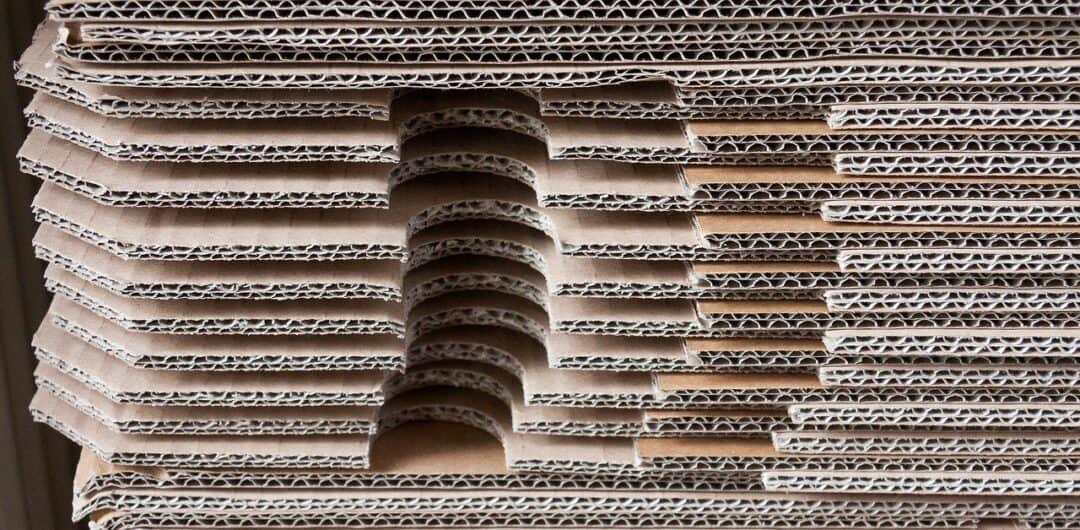Ever notice how moving in Florida always seems to happen on the hottest day of the year, right when the humidity could steam vegetables? The sunshine state offers beautiful beaches and mild winters, but packing a truck under the August sun can test anyone’s patience. Between rising rents, shifting job markets, and people relocating for more space, moving has become almost a seasonal ritual. In this blog, we will share a step-by-step guide to make the process work in your favor.
Laying the Groundwork Early

Planning well ahead sets the tone for the entire move. Start with a timeline that includes key dates such as when to start packing, when to transfer utilities, and when to confirm transportation. A written checklist may feel old-fashioned, but it keeps you from relying on memory when your head is already full of tasks.
When the move covers hundreds of miles, the choice of movers matters more than most people realize. Not every company handles long hauls with the same care or efficiency. For those leaving or arriving in northeast Florida, working with long distance moving companies in Jacksonville can help avoid the common headaches of missed delivery windows or damaged items. Their familiarity with both local logistics and interstate regulations adds a level of reliability that is worth factoring into the budget. In an era when supply chain issues can delay almost anything, having a moving partner that knows how to navigate potential disruptions is a major advantage.
Packing supplies are another element that should be secured early. Boxes, tape, bubble wrap, and labeling tools may not seem like much until you’re making late-night runs to the store. Buying in bulk or sourcing from local businesses downsizing or closing can cut costs without compromising on quality. The goal is to remove as many last-minute scrambles as possible before the first box is loaded.
Packing With a System That Works

Throwing everything into boxes without a plan only guarantees frustration later. Begin by sorting belongings into categories—keep, donate, sell, or discard. This not only reduces the number of items you transport but also prevents paying to move things you no longer want. For electronics, small appliances, and fragile items, use their original packaging if you still have it. Manufacturers design those boxes to survive shipping, so they are naturally suited for a safe move.
Labeling is often underestimated. Every box should list both the room it belongs in and a brief note on contents. This speeds up the unloading process and makes it easier to find essentials without tearing through everything. Using colored tape or stickers for each room adds another layer of efficiency, helping movers or friends place items exactly where they need to go.
Clothing can be moved without removing hangers by using wardrobe boxes or sliding garbage bags over small groups of garments. This keeps clothes clean and cuts down on the time it takes to set up closets in the new place. While it’s tempting to overpack large boxes, keeping them under manageable weights prevents strain injuries and avoids the risk of boxes splitting during handling.
Timing and Logistics on Moving Day

Traffic patterns, weather forecasts, and building access rules all influence how smooth the move will be. In busy cities, booking early-morning loading times can make a big difference in avoiding congestion. If you’re moving into an apartment, confirm elevator availability or loading dock access well before the truck arrives. Skipping this step can lead to long waits or even rescheduling fees.
Weather prep is equally important. Tarps, plastic wrap, and floor coverings protect both belongings and new floors from rain or dirt. For hot climates, having bottled water on hand and scheduling regular breaks keeps the team—whether hired or made up of friends—operating efficiently.
It’s also wise to have a small “day of” kit separate from the main load. This bag should include phone chargers, basic toiletries, a change of clothes, snacks, and important documents. Keeping these essentials accessible prevents rummaging through boxes for basics you need immediately.
Settling In Without Losing Momentum

Unpacking tends to slow down once the major furniture is in place. To avoid living out of boxes for weeks, prioritize essential spaces first. Setting up the kitchen, bathrooms, and bedrooms gives you functional areas for eating, sleeping, and hygiene, which makes the rest of the process feel less chaotic.
If you work from home, ensure your internet service is active before moving day. In a time when remote work is a staple for many, having your workspace ready from day one prevents disruption to your job. Similarly, update your address with banks, subscriptions, and government agencies as soon as possible to avoid missed bills or important notices.
Cleaning as you unpack is more efficient than waiting until everything is in place. It allows you to spot any issues in the new space early, whether it’s a loose cabinet hinge or an outlet that doesn’t work. Addressing small maintenance tasks right away prevents them from turning into larger problems down the line.
The Broader Shifts Behind How We Move

Recent trends in housing and employment have reshaped the way people approach moving. Rising interest rates have cooled some homebuying activity, but relocation for remote work or better cost-of-living opportunities remains strong. This shift has brought more attention to the logistics of moving itself, with many households opting for partial DIY approaches—hiring professionals for the heavy lifting while handling packing and transport of smaller items on their own.
Environmental considerations are also influencing moving practices. Reusable crates, biodegradable packing materials, and even shared transport for smaller loads have gained popularity. These changes reflect a broader cultural shift toward minimizing waste and rethinking convenience. Moving no longer means automatically throwing everything in new boxes from a big-box store; it can be part of a conscious approach to sustainability.
Making the Move Work for You

At its core, a successful move is about control—over your timeline, your budget, and the condition of your belongings. The checklist approach works because it keeps you grounded in tasks rather than letting the process feel like one endless chore. Breaking the move into manageable steps allows you to track progress and adjust when unexpected issues arise.
Moving will probably never be anyone’s idea of a relaxing weekend, but with planning, smart decisions, and a realistic understanding of the challenges, it doesn’t have to feel like survival training. Whether you’re relocating for a new job, better weather, or a change in scenery, approaching the move with a clear, structured plan transforms it from a dreaded disruption into a calculated step forward.
